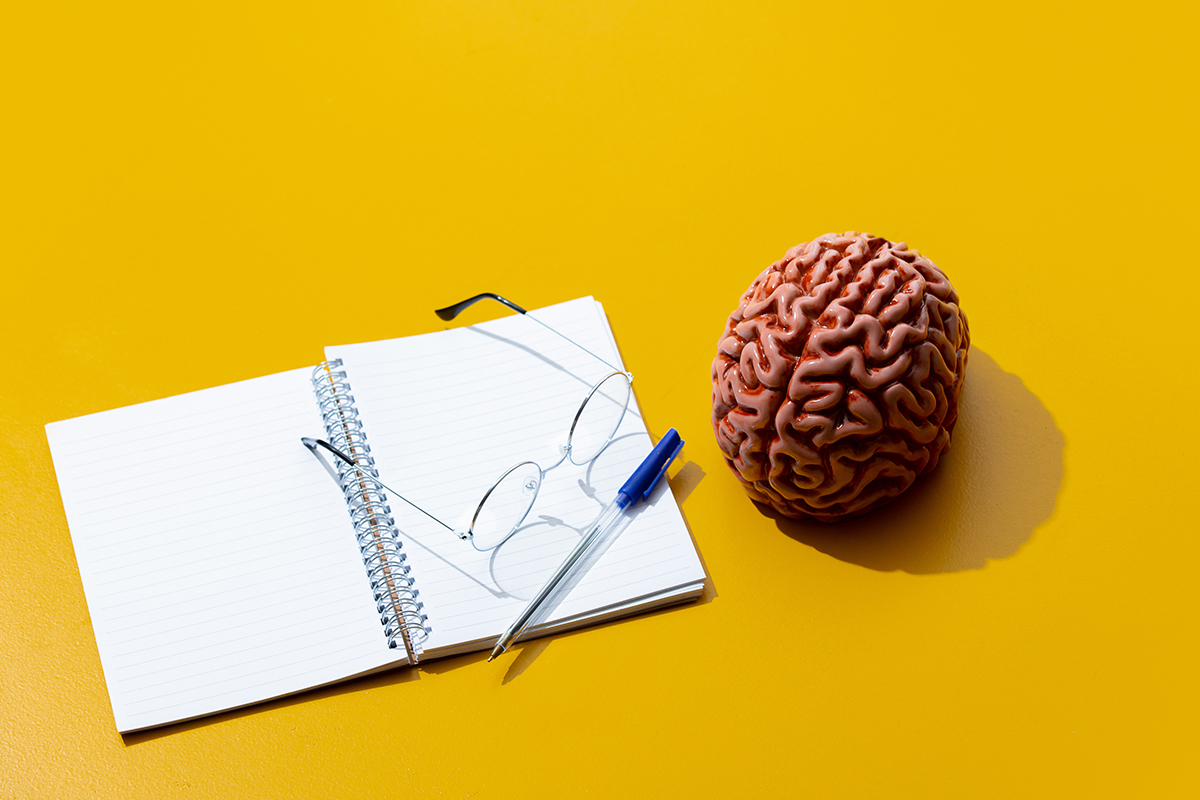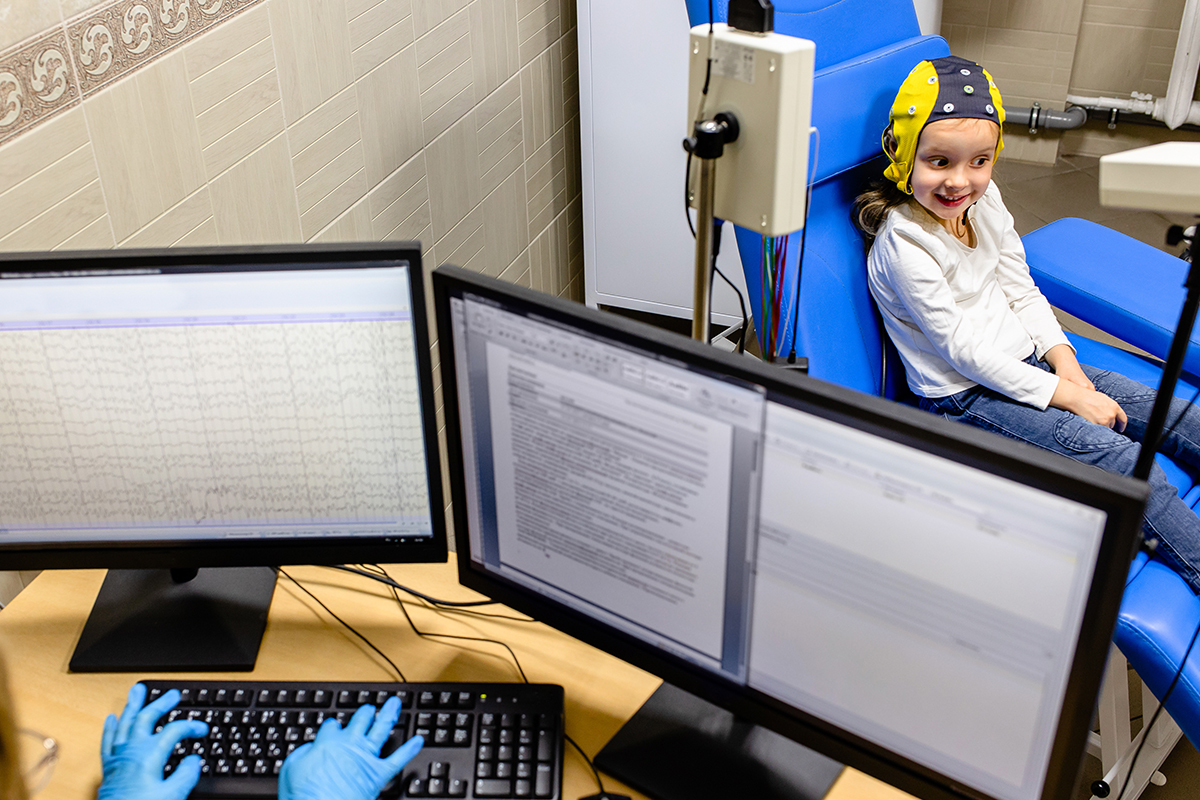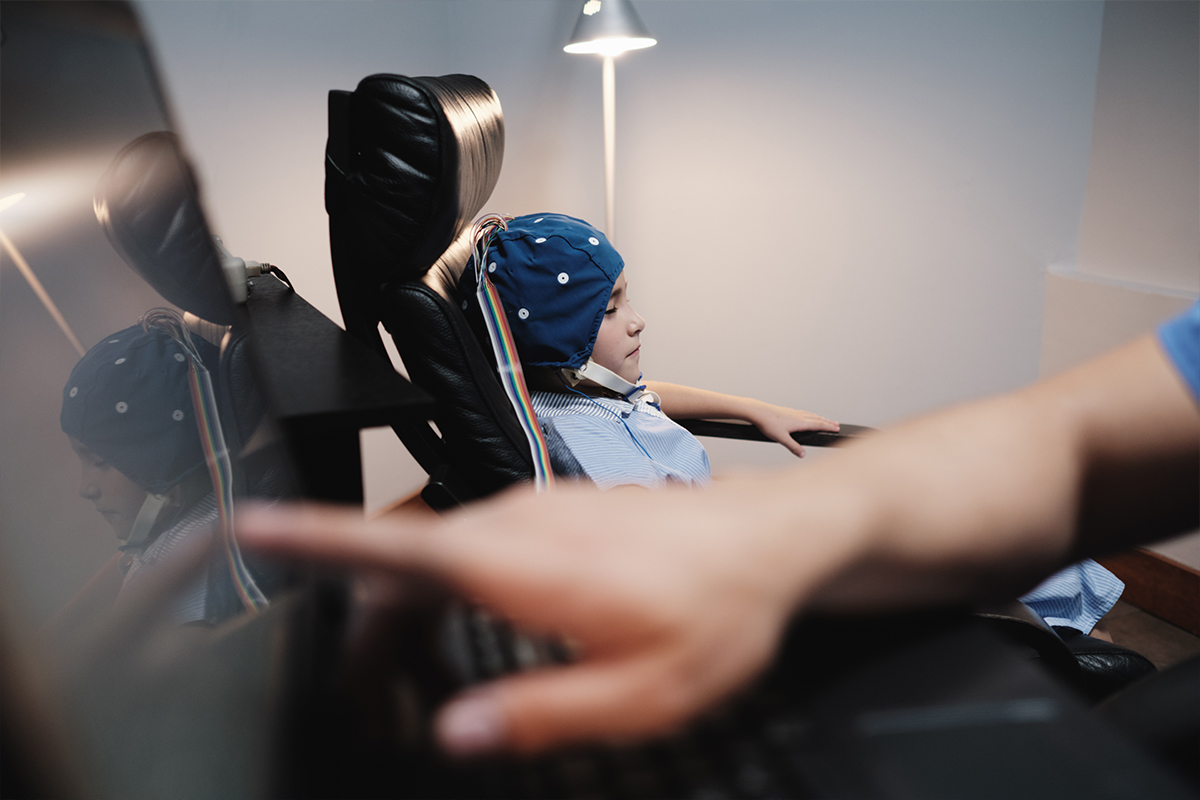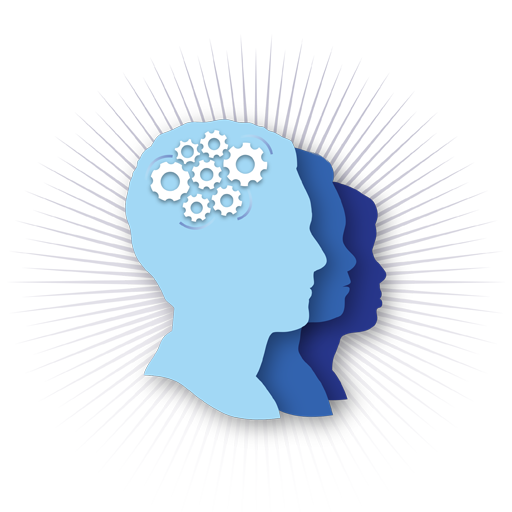
The History of Neurofeedback: Part I
How does Neurofeedback work? Why is it so effective in treating brain conditions as varied as ADHD, traumatic brain injury, seizures and learning disabilities? And so on. In the interest of answering these and other questions, we thought we’d start with the history of this remarkable, non-medicinal treatment for the brain known as Neurotherapy now available in Chicago.
Learn More
Summer Classes Forming Now
Cognitive Solutions offers one on one and group programs in the summer aimed at developing students’ processing abilities, executive functions, and academic weaknesses. Our programs are highly individualized, and designed to help our students reach their full potential. Our programming is designed for students diagnosed with Attention Deficit Disorder (ADD or ADHD), learning disabilities (dyslexia, dysgraphia, dyscalculia), or executive functioning difficulties in Chicago, Illinois. Contact us at 773-755-1775 or info@helpforld.com for more information on our summer remediation programs.
Learn More
The Screen Time Debate
Screen Time: How Much Is Too Much?
Ari Goldstein, Ph.D.
Look around in any waiting room, restaurant, or public space filled with children who are required to wait for a period of time. What percentage of those children are engaged in conversation or play? How many are reading quietly to themselves? Now, how many are hyper-focused into a screen? What is it about these devices that so engages children and creates this need? To better understand this, we need to explore both the biological and the behavioral underpinnings of this ubiquitous trend.
How many of us, as adults, is guilty of constant engagement with our screen devices. Of course we deem much of it “work”, including our facebook surfing and engagement with a range of vapid entertainment. Who do our children look to as role models for their behaviors?
From the perspective of the brain, screen devices are awesome! They provide fast paced stimulation to the brain, and frequently contain a series of rewards or level development that further engage the brain. This rapid stimulation tells the brain to release more “feel good” neurochemicals such as serotonin.
Parents come in to my office on a daily basis expressing concerns over their children’s constant need to be engaged with a screen of one form or another. This is a double edged sword. Electronic communication is everywhere, and the adults of the future will need to be proficient in their usage and able to adapt with the technology. Children model their parents and friends behaviors, and everyone around us is engaged with a screen of some sort. While as parents we need to manage the amount of screen time our children have, we need to be aware of the benefits of some of the programs as well as the importance of technological literacy. The rule in my home is no screen time during the week unless it is directly related to homework. Then on the weekends we allow our kids a couple hours per day to engage in the screens of their choice. Most of the research done on the subject agrees that less than 2 hours per day of average screen time is not associated with any negative behavioral or cognitive patterns.
Certain forms of screen engagement can also be very positive, and challenge cognitive skills. There are several very good research based online programs designed to develop a range of cognitive skills, including executive functioning, memory, and attention. Many games also require a high level of strategy, planning, and visual spatial problem solving (think Minecraft). Encourage your children to engage in the types of games which require them to focus, think, and plan ahead.
By managing the amount of screen time and the content itself, this entertainment method can become a powerful tool to sharpen your child’s mind and ensure their technological proficiency as they enter adulthood.
At Cognitive Solutions Learning Center in Chicago, we work with children and adult who have been diagnosed with a range of learning disabilities (Dyslexia, Dyscalculia, Dysgraphia) and Attention Deficit/Hyperactivity Disorders. Our approach includes a range of non-medicine based treatments and interventions, and we work with parents to ensure that their children can grow to their full potential.
Learn More
Neurofeedback: Science or Shamanistic Ritual?
Neurofeedback: Science or Shamanistic Ritual?
By Ari Goldstein, Ph.D.
The human brain is a fascinating organ that constantly seeks to improve itself. The capacity of the brain to grow and develop in response to environmental stimuli is magnificent. From trepanation to phrenology, behaviorism to psychoanalysis, man has sought to better understand this splendid organ. As we begin the 21st century, our knowledge of the brain continues to grow and develop at a rapid pace. Technology allows us to understand and improve how the brain functions in manners never before thought to be possible. One of the ways current science allows us to understand how the brain functions is through analysis and normalization of the electrical patterns created by the brain. The process of reading and analyzing the brain’s electrical patterns is known as a Quantitative EEG. The data provided through this process helps individuals and their clinicians understand how their brain is functioning and processing information, thereby allowing for much more targeted clinical interventions.
When I was a psychology student in College, we were taught that the brain does not grow much in adulthood. As the understanding of the brain and neuronal functioning has increased, we now know that the brain is highly capable of adapting and growing even into old age if given the right stimulus. The process of EEG Neurofeedback involves teaching the brain to grow and develop more efficient patterns of functioning. Through a series of games and activities played while connecting their brain to the computer, individuals learn to better self-regulate and improve the efficiency of their brain function.
I was first introduced to EEG Neurofeedback by Dr. Sam Effarah, and my thinking around learning and the brain changed dramatically. I was able to very clearly see quantitative data on how the brain was functioning, and saw how we could gain an amazing amount of very functional and actionable knowledge from a Quantitative EEG assessment. I also began to see the tremendous value in teaching people to regulate their own functioning through neurofeedback in a much more meaningful and lasting way. Clinicians could very clearly see patterns in the brains of individuals diagnosed with ADD/ADHD, learning disabilities, anxiety, depression, and autistic spectrum disorders that were different from the average brain. Often times, the frontal lobe of the brain in individuals with attention difficulties has far too much of the slow wave known as “Theta”. This can cause a state of cognition known in scientific terms as “La La Land”. A fast spindly wave known as “High-Beta” was often seen throughout the brain of those with hyperactivity and anxiety. Disconnections between areas of the brain that process auditory and visual stimulus often become apparent through the Quantitative EEG in those diagnosed with learning disabilities.
When we began using EEG data to drive some of the work we do at Cognitive Solutions, the level of skepticism among our colleagues and patients was high. It was almost as if we were practicing some form of shamanistic ritual to help people. As time went on, more and more people began to try it out. We had patients referred to us with a range of symptoms, including attention disorders, learning disabilities, anxiety, depression, and autism spectrum disorders. Most patients reported improvement in a range of symptoms after completing only a few sessions. Some took more time to see improvement, but those who stuck with it generally reported significant improvement in their functioning over time.
The research on Neurofeedback is strong (isnr.org). While detractors would note the lack of double blind studies, a host of solid research studies into neurofeedback show quantifiable evidence of improvement for a range of brain based dysfunctions. Anecdotal cases can be found all over the world for individuals who have seen improvement for a range of symptoms affecting their daily functioning. The American Psychological Association has consistently given higher and higher efficacy marks to this treatment as more and more solid research has been conducted.
At Cognitive Solutions Learning Center in Chicago, we have worked with thousands of patients using neurofeedback over the past fifteen years. Most have seen tremendous benefits in quality of life as a result of this treatment. As I have watched the science catch up to what I have seen personally in our clinic, I am glad to have discovered this amazing intervention tool. From shamanistic ritual to true science, it appears that neurofeedback is a viable and drug free option for many patients to treat a range of brain based symptoms.

Natural Treatment For Attention Deficit Disorders Without Medication
When I was growing up in the 1970’s, there were always boys who were hyper. They couldn’t control their behaviors, responded impulsively to everything placed in front of them, and acted as if driven by little motors constantly running full speed inside their bodies. There were also boys who stared off into space on a regular basis, seeing a whole movie playing behind their eyes. There were girls who flitted around the room like social butterflies, and those who gazed out the window seeing a movie of their own.
Learn More
Exercise for Depression
“Mens sana in corpore sano”
Exercise to Treat Depression and Improve Overall Life Satisfaction
“Mens sana in corpore sano” is well known Latin quote meaning “a sound mind in a healthy body”. Here at Cognitive Solutions, we see patients whose symptoms range from mild to severe depression, and after our evaluations with those patients, we offer a comprehensive intervention plan that includes non-invasive, non-pharmaceutical related recommendations to help ease symptoms of depression. Medications are the fastest way to improve symptoms of depression, but these can sometimes cause debilitating side effects. It seems so simple, but time and time again studies show the effectiveness of excursive in treating depression. While this may be a simple solution, it is by no means easy. The relationship between body and mind has interested experts for many years. Since physical activity is critical in sustaining life, it is generally understood that exercise functions as a form of survival. Exercising has been a strongly associated factor in maintaining a healthy lifestyle. Many researchers have explored the effects of exercise on the body, and recently psychology research has also attempted to find a correlation between exercising and mental health.
Exercise can be defined as “any type of physical activity, aerobic or anaerobic, with the means of integrating the mind, body, and spirit”. This definition alone makes apparent the association between exercise and the mind (and therefore mental health). The general thought is that exercise has physical and psychological benefits, which is why it has been so helpful in maintaining overall health. One factor which makes it difficult to compare previous research studies is the method in which exercise is measured. Some studies actively randomized a sample into exercisers and non-exercisers, while others first distinguished exercisers from non-exercisers before proceeding to ask specifically about duration and intensity of exercise. Some even used a scale to determine the amount of exercise in which one participates regularly. Some studies have reported that a lack of exercise is correlated to depression in a broad range of ages. Researchers have even found that those who are unable to exercise because of a physical illness or handicap reported higher depression scores than all others. Studies often show that physical fitness itself is a factor contributing to the mental health of regular exercisers.
In addition to the satisfaction gained from performing athletic exercise, its effects on one’s body play an obvious role in the modification of mental health. In one study, overweight subjects were found to have poor perceived mental health, high negative affect, and low optimism. The same participants were also at higher risk for future unhappiness, low positive affect, life dissatisfaction, and depression. The relationship between exercise and mental health has been a topic examined by many psychologists. However, the specific areas of mental health affected by exercise have been questioned throughout these researcher’s trials. Different aspects of mental health in relation to fitness have been examined. Some of these aspects include anxiety and, as previously mentioned, depression.
Reports that those who exercise tend to be less anxious and depressed than those who do not exercise. It seemed that in all the recent studies, exercisers were happier and more satisfied with their lives than non-exercisers, regardless of gender or age. Other studies have examined psychological factors such as rage and trust issues. Overall, studies show that people who exercised regularly experience considerably less depression, anger, cynical distrust, and tension than those who exercised less often or did not exercise at all. Health in mind and body is not a phrase to take lightly and there is evidence to back it up. Increase your endorphins the natural way – get that body moving!
Learn More

Reap the Benefits of Neurofeedback
FOR IMMEDIATE RELEASE
(Chicago, Illinois, 17 January 2012)
A Neurofeedback session typically begins with a quantitative EEG. The EEG is done with the use
of sensors that are placed on top the head, and it is intended to measure brainwave activity.
This information will be used as a reference and an indicator of how your brainwaves are
affecting your train of thought. From then on, the professional therapist will create a therapy
that is tailored especially for your own needs. A person who is undergoing Neurofeedback
is called a “trainee,” basically since the patient is being trained by the therapist to modulate
brainwave activity and achieve certain results. These results are almost instantaneous but
more often not trainees are not aware of these changes immediately, but they certainly can
observe changes in their state of mind even outside the Neurofeedback session. The training
will specifically teach a person to maximize activity in certain frequencies while keeping down
others in a bid to regulate or balance the frequencies so the brain is not overloaded with too
much activity.
With the help of Neurofeedback, a person can achieve relaxation as well as minimization of the
brainwave activity that is causing him or her to be constantly anxious, irritated or suffer lack
of calm in most situations. In fact, according to the International Society for Neurofeedback
and Research, the Neurofeedback therapy is ideal for people who are suffering from attention
disorders like Attention Deficit Hyperactive Disorder as well as Epilepsy. The Institute is also
undergoing research to determine the effects of the therapy on people who have Autism,
headaches, insomnia, anxiety, substance abuse, TBI and other pain disorders. So far, the ISNR
is saying that the results of their research into these disorders are “promising.” There are more
grounds being gained each day in research and the Cognitive Solutions approach can prove this.
One great thing about undergoing Neurofeedback therapy is the fact that it is non-invasive and
requires no medicine. The CSLC approach stresses non-medicinal in all that we do. It does not
require surgery, so you can walk out of the clinic normally and go about your business like it
did not happen at all. Of course, you will be stepping out of the therapist’s clinic feeling like a
new version of yourself thanks to the training you get from the Neurofeedback center at CSLC.
Several people who have gone through the process have seen tremendous results. (see our
about us page). Testimonials from successful trainees have shown that Neurofeedback has had
a positive effect on their lives and daily functioning, which means that Neurofeedback really
works and no matter what state your are in, it is always beneficial.
If you are interested in undergoing Neurofeedback training, contact Cognitive Solutions
Learning Center Inc. The Center is located in Chicago, Illinois. Contact the center by calling us
at phone number (773) 755-1775, or use the contact form found online at www.helpforld.com.
With Cognitive Solutions, you are sure to experience a positive change in your life.
Contact:
2419 N. Ashland Ave. Chicago, IL 60614
Phone: (773) 755-1775
Info@helpforld.com


